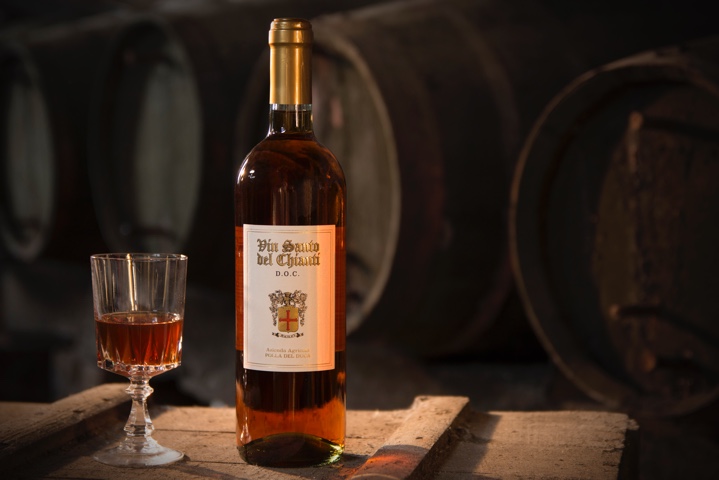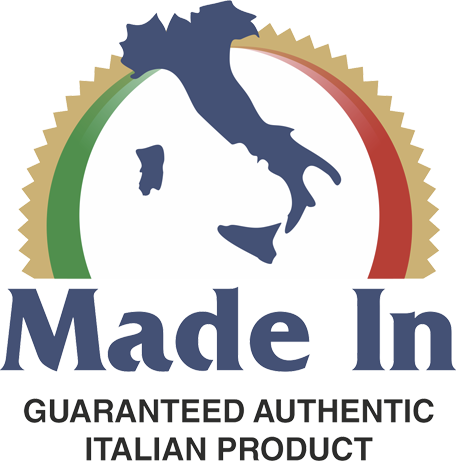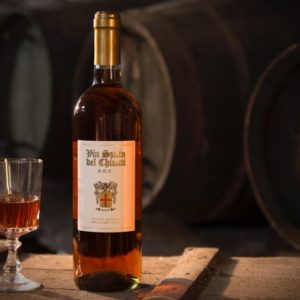-
Vin Santo DOC 0.75L
Vin Santo DOC Toscano 0.75L
Vin Santo DOC of the Montalbano Quarrata Toscana – 0.75L bottle
The Vin Santo DOC Tuscany is sold in two types of packaging:
CHS753 – Vin Santo DOC Toscano 0.75L bottle pack of 3 bottles
CHS756 – Vin Santo DOC Toscano 0.75L bottle pack of 6 bottlesProduced by the Banci family since 1890 according to a process of the ancient Tuscan tradition,
it is a wine with an intense and sublime aroma, with an amber color with golden reflections.During the harvest period, from the white grape vineyards of Trebbiano, San Colombano and Malvasia del Chianti,
the most expert grape harvesters choose the best grape strands among the more mature ones,
more exposed to the sun and with the most sparse berries and the most skin. tough.
The harvested grapes are manually cleaned of any dry or not completely healthy berries.
The selection is so careful that every year about 900 quintals of grapes are taken only 30 for the production of Vin Santo.Price range: 13,50€ through 18,00€ + VATVin Santo DOC 0.75L
Price range: 13,50€ through 18,00€ + VAT -
Vin Santo DOC 0.50L
Vin Santo DOC Toscano 0.50L
Vin Santo DOC of the Alban mountains Quarrata Toscana – 0.50L bottle
The wine is sold in two types of packaging:
CHS503 – Vin Santo DOC Toscano 0.50L bottle pack of 3 bottles
CHS506 – Vin Santo DOC Toscano 0.50L bottle pack of 6 bottlesProduced by the Banci family since 1890 according to a process of the ancient Tuscan tradition,
it is a wine with an intense and sublime aroma, with an amber color with golden reflections.
During the harvest period, from the white grape vineyards of Trebbiano, San Colombano and Malvasia del Chianti,
the most expert grape harvesters choose the best grape strands among the more mature ones,
more exposed to the sun and with the most sparse berries and the most skin. tough.
The harvested grapes are manually cleaned of any dry or not completely healthy berries.
The selection is so careful that every year about 900 quintals of grapes are taken only 30 for the production of Vin Santo.Price range: 54,00€ through 96,00€ + VATVin Santo DOC 0.50L
Price range: 54,00€ through 96,00€ + VAT
Vin Santo or Vinsanto Chianti: typical Tuscan product
Since 1890, the BANCI family has been producing Vin Santo del Chianti D.O.C. with a process handed down from generation to generation, according to the ancient Tuscan tradition.
During the harvest period, from the white grape vines of Trebbiano, San Colombano and Malvasia del Chianti, the most expert grape harvesters choose the best grape strands among the more mature ones, more exposed to the sun and with the most sparse berries and the most skin. tough. They manually clean the grapes from any dry or not completely healthy berries: the selection is so careful that every year of about 900 quintals of grapes only 30 are taken for the production of Vin Santo..
The winemakers bring the selected grapes, traditionally called “the choice”, to the vinsantaia, a low humidity room specially built to be particularly ventilated. Here they gently place the grapes on reed mats: the particular attention not to break the berries is due to the danger of rotting which would cause a lowering of the quality of the finished product. In order to make more use of the spaces, the mats are superimposed to form what is called a “government castle”.
Vin Santo: the pressing
The goal of these procedures is to make the grapes lose the watery part while retaining the sugary one, without however compromising their health.
Traditionally, during the Christmas holidays and taking care to choose the period of the waning moon (in peasant language called “hard” moon), after removing the stalks and discarding any moldy grapes, it is time to squeeze the grapes that are now dried.
At this point we are not even half done!
The winemakers put the freshly obtained must in “caratelli”, small wooden barrels usually of oak or chestnut with a variable capacity of 50-200 liters.
Vin santo: the vinification
It is important that the cask is not new, casks in which red wine was once aged must be used: it takes years before a cask becomes suitable for the production of Vin Santo.
Particular care must be taken in filling the cask: the must must not exceed two thirds of the supported volume and the upper part, the “zaffo”, must be walled up with cement in order not to subject the must to excessive oxygenation. No more oxygen is needed than that which inevitably penetrates the pores of the wood. The year of production is then imprinted on the cement.
Even the kegs are kept in the vinsantaia, because the liquid must undergo all the thermal variations linked to the succession of the seasons for at least 4 years.
After this period, the kegs of the same vintage are uncorked and the raw Vin Santo comes out of the “zipilli”, holes in the lower part.
From each keg we obtain only 1/5 of liquid suitable for becoming Vin Santo del Chianti D.O.C., while the remainder is founded that cannot be used.

ws, from another more amber, but only by mixing them together we obtain a semblance of continuity of taste.
At this point, it only needs to decant in glass or steel containers for the period necessary, on average 2 years, to acquire its typical brilliance.
Then our task is finished and it’s time to call the inspectors of the Chianti Wine Consortium for officialization: they take the samples, analyze their organoleptic characteristics and after approval our Vin Santo can be bottled and finally drunk.



